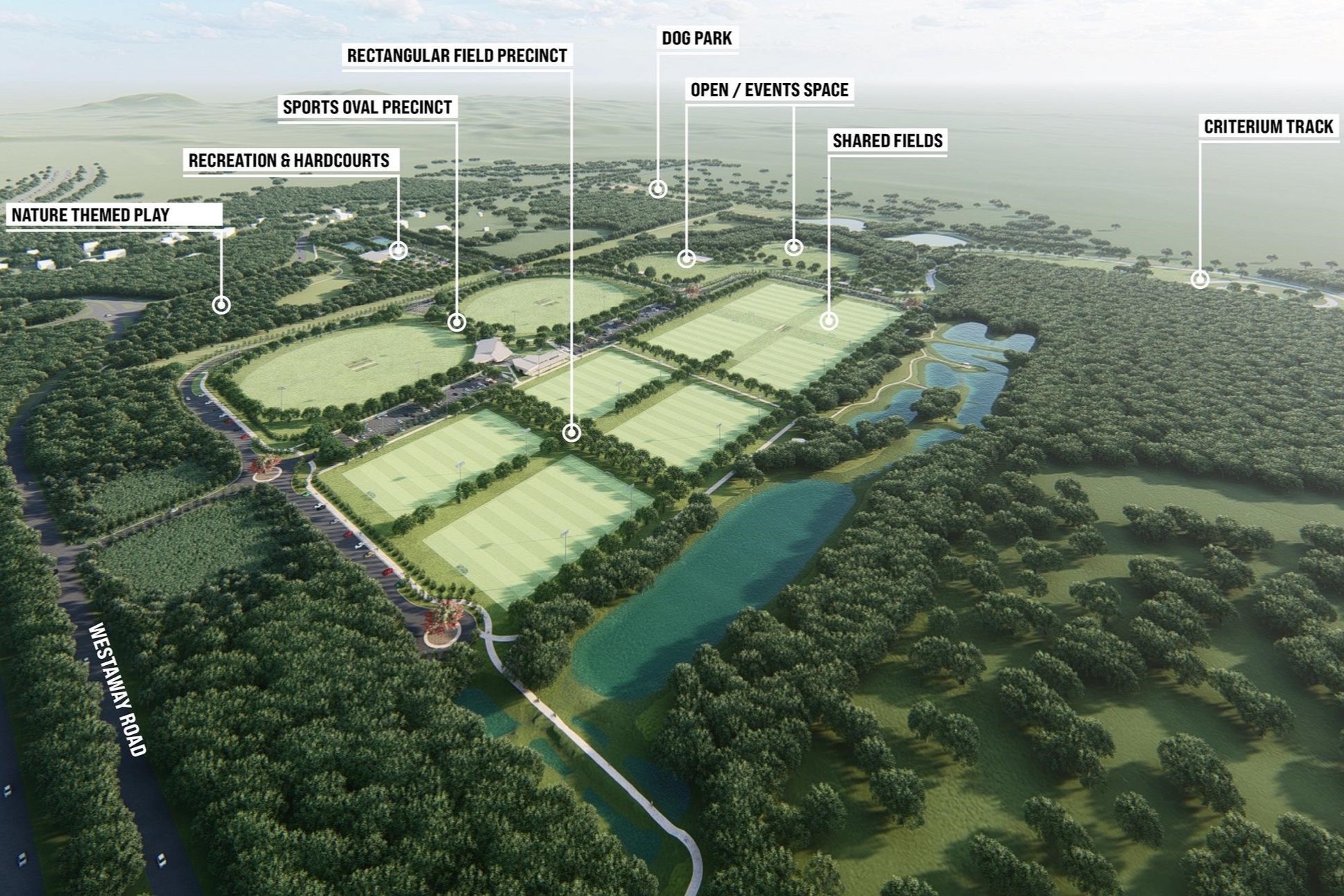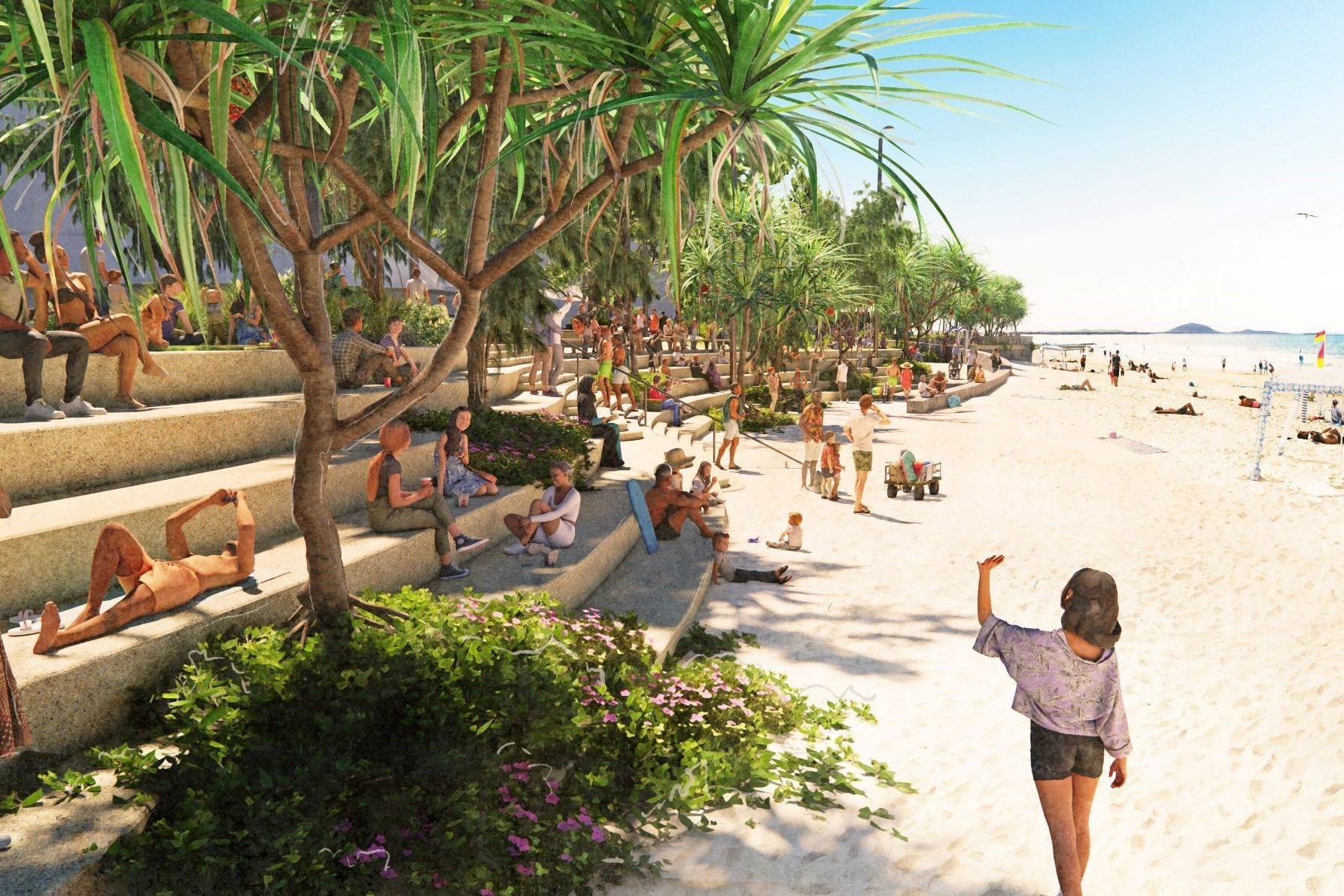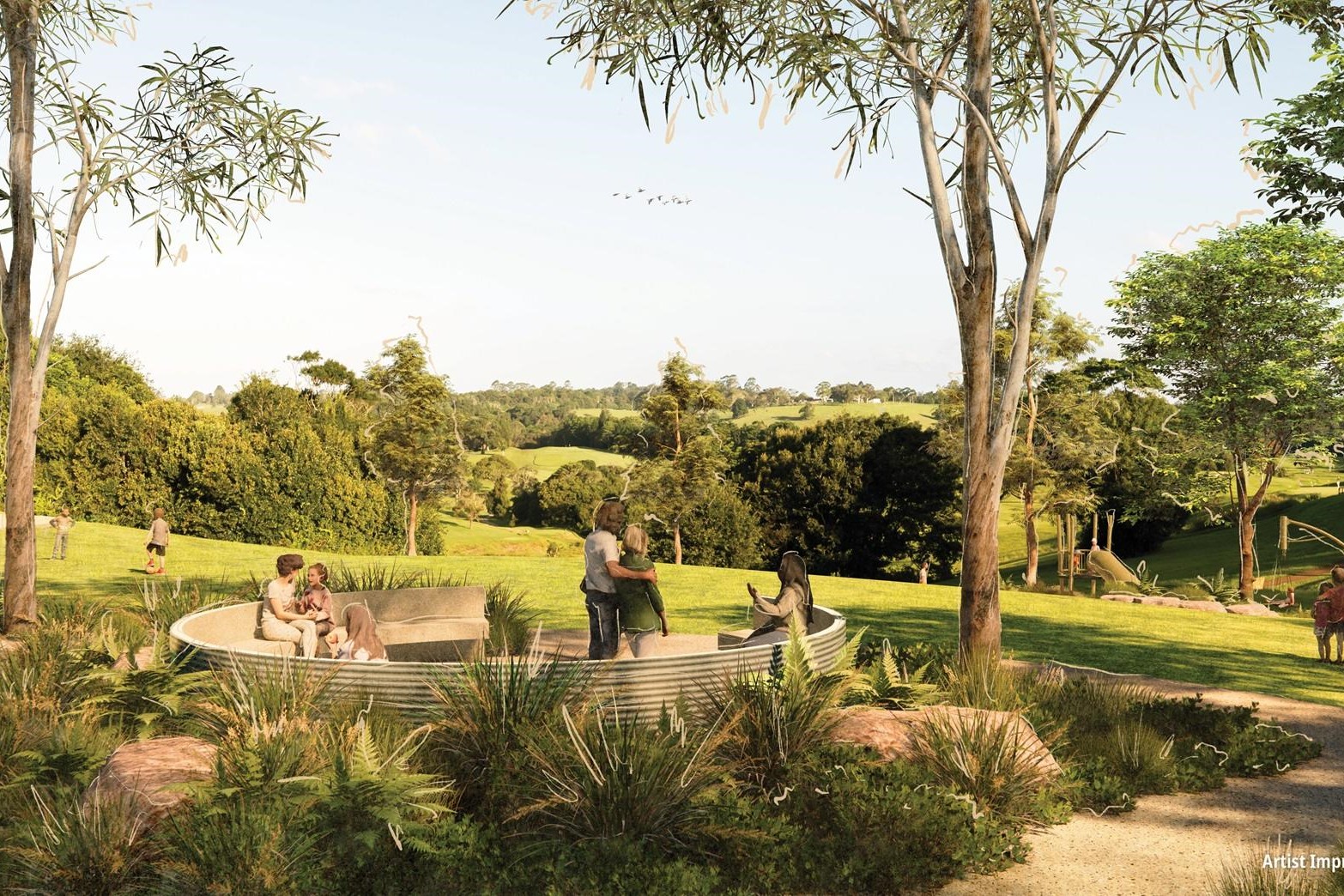Sunshine Coast Council has launched a major financial overhaul in its annual budget, cutting costs while lifting rates to manage rising pressures.
The $1 billion 2025-26 budget includes a suite of savings measures such as a pause on recruitment and a review of all spending bids.
General rates will increase by $2.10 a week for most owner-occupiers and waste charges will rise by $2.35.
Mayor Rosanna Natoli described the move as a “financial reset” where “every dollar counts”.
“This reset is about transparency, accountability and making sure every dollar delivers value,” she said.
“Council has already saved $8.9 million by pausing recruitment and managing vacancies, a measure that will continue. A further $5.5 million in productivity improvements is being delivered through service reviews, with $7.5 million in savings from vacancy management. We’ve reviewed every spending bid and asked all areas to look for efficiencies.
“No frontline services will be cut.
Do you have an opinion to share? Submit a Letter to the Editor at Sunshine Coast News via news@sunshinecoastnews.com.au. You must include your name and suburb.
“This council is resetting how we budget. This is the first step in an ambitious program to strengthen council’s financial position, with every decision focused on what matters most to our community.
“Every dollar is being spent wisely and with purpose. We’re prioritising what you have told us is important and we are planning ahead.”

The delayed budget announcement follows the discovery of a $30 million accounting error earlier this year, which pushed back its delivery by several weeks.
Cr Natoli said the budget was shaped by responsible decision-making amid rising costs and economic pressures.
“We know they (residents) expect us to be responsible and to use ratepayer money wisely,” she said. “The environment, reducing congestion on our roads and creating a sense of community are among top priorities. We’ve looked hard at the numbers and we’re making the tough calls now to achieve those top priorities.
“We also know many in our community are doing it tough. That’s why we’re doing everything to minimise the impact on households, while still delivering the services and infrastructure that will benefit our community now and into the future.
“We’re not sugarcoating it: this is difficult. But we are doing what’s right and we have a plan.”
She said the council had considered a range of options, including higher rate increases, but chose a path that balanced financial responsibility with compassion.
“Our ratepayers shouldn’t bear the full cost and nor will they,” she said. “We are reviewing our services, tightening our belt and making sure every dollar counts.”
More than 60 per cent of owner-occupiers will remain on the minimum general rate of $1586.30 per annum: an increase of $2.10 a week.

To ease pressure on ratepayers, the council has frozen the Environment Levy ($82 per annum) and Arts and Heritage Levy ($20 per annum), and reduced the Transport Levy by $3.08 to $43.92 per annum.
Cr Natoli said the budget reflected the rising costs of maintaining and improving a fast-growing region.
“This budget has been balanced with the challenge of ever-increasing costs of delivering infrastructure and services,” she said.
“We’re responsible for beaches, parks, roads and coastal and hinterland communities across nearly 2300 square kilometres – home to 365,000 people, a number forecast to grow by another 100,000 people over the next 10 years.
“This growth, combined with rising expenses, has significantly increased the cost to maintain roads, parks, libraries, community and sporting facilities, water and sewerage systems and our environment, all driven by higher prices for materials, labour, fuel and power.”
Cost increases included a 37.5 per cent rise in plant and equipment hire, a 15 per cent jump in fuel, nearly 8 per cent for contract services and 5.6 per cent for water and sewerage.
“As part of our financial reset, we’ve also reviewed how we calculate depreciation,” Cr Natoli said.
“This updated approach ensures our budget more accurately reflects the true cost of maintaining infrastructure and planning for future investment. Council has factored these rising costs into the 2025-26 budget to ensure essential services can continue to meet community needs.”

She said the budget supported the council’s key pillars: caring for the environment, building a resilient local economy, delivering service excellence and managing for growth.
It included $129 million for roads, community venues, disaster management, libraries, public lighting and sporting facilities and $343 million to maintain beaches, parks, canals, drainage, waste and resource management.
There is $35 million for economic development, tourism and events and $380 million to support planning, development, public spaces, local laws, public health and road network management.
Capital works highlights included $15.2 million for the Caloundra Transport Corridor Upgrade, $13 million for the Mooloolaba Foreshore Central Meeting Place and $5 million for the Southern Parkland seawall project. The budget also includes $7.9 million for the First Avenue Streetscape at Maroochydore, and a combined $17.25 million for clubhouses, fields, earthworks and more at the Honey Farm Sport and Recreation Precinct.





